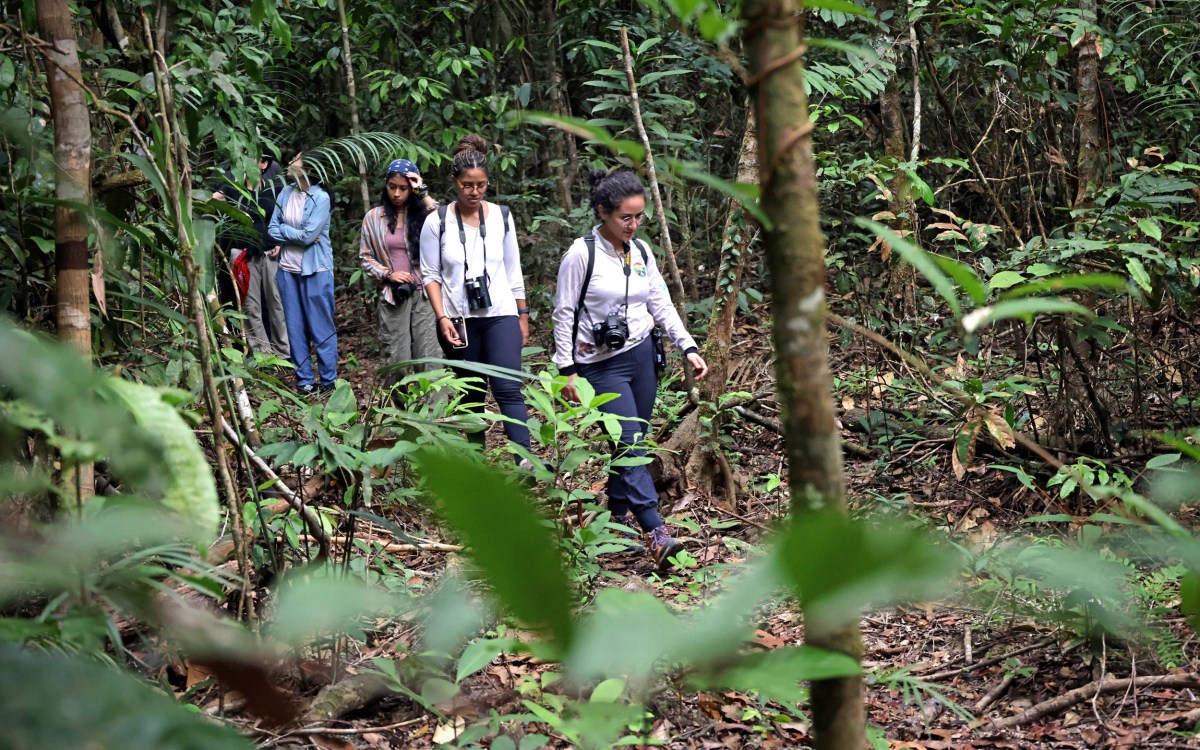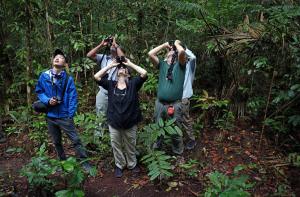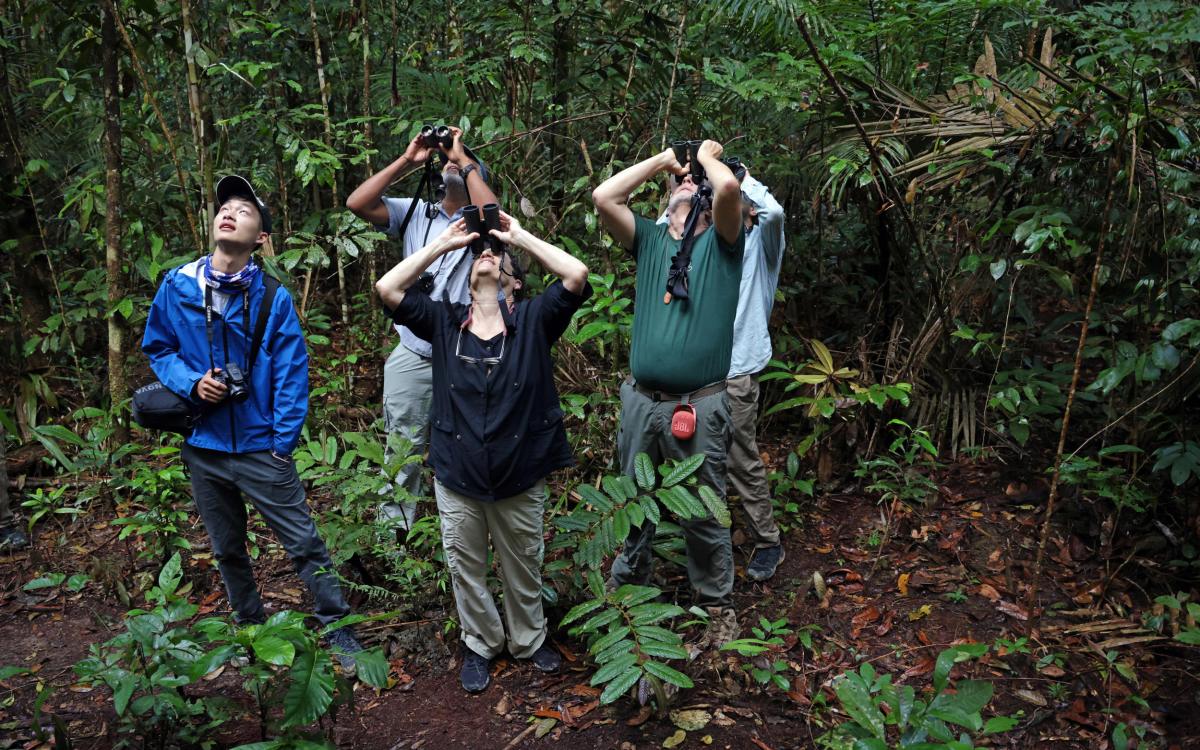Genetic sex determination let ancient species adapt to ocean life
Live birth – key to much marine life – depends on evolution of chromosomal sex determination
A
new analysis of extinct sea creatures suggests that the transition from
egg-laying to live-born young opened up evolutionary pathways that allowed
these ancient species to adapt to and thrive in open oceans.
The
evolutionary sleuthing is described today in a letter in the journal Nature by
scientists at Harvard and the University of Reading who also report
that the evolution of live-born young depended crucially on the advent of genes
— rather than incubation temperature — as the primary determinant of offspring
sex.
Having
drawn this link in three lineages of extinct marine reptiles — mosasaurs, sauropterygians,
and ichthyosaurs — the scientists say that genetic, or chromosomal, sex determination
may have played a surprisingly strong role in adaptive radiations and the colonization
of the world’s oceans by a diverse array of species.
“Determining sex with genetic mechanisms
allowed marine reptiles to give live birth, in the water, as opposed to laying
eggs on a nesting beach,” says Chris Organ, a postdoctoral fellow in Harvard’s
Department of Organismic and Evolutionary Biology. “This freed these species from
the need to move and nest on land. As a consequence, extreme physical
adaptations evolved in each group, such as the fluked tails, dorsal fins, and the
winglike limbs of ichthyosaurs.”
Mosasaurs,
sauropterygians, and ichthyosaurs invaded the Mesozoic seas between 251 million
and 100 million years ago. All three groups of extinct marine reptiles breathed
air, but evolved other adaptations to life in the open ocean, such as
fin-shaped limbs, streamlined bodies, and changes in bone structure. Some
evolved into enormous predators, such as porpoiselike ichthyosaurs that grew to
more than 20 meters in length. Ichthyosaurs, and possibly mosasaurs, even
evolved tail-first birth, an adaptation that helps modern whales and porpoises avoid
drowning during birth.
“Losing
the requirement of dry land during the life cycle of ichthyosaurs and other marine
reptiles freed them to lead a completely aquatic existence, a shift that seems
advantageous in light of the diversification that followed,” says Daniel E.
Janes, a research associate in Harvard’s Department of Organismic and
Evolutionary Biology.
Even
though populations of most animals have males and females, the way sex is determined
in offspring varies. Some animals rely primarily on sex chromosomes, as in humans
where two X chromosomes make a female and an X and a Y chromosome make a male. Among
living marine species, whales, porpoises, manatees, and sea snakes have
chromosomal sex determination.
In sea turtles and saltwater crocodiles, on the other
hand, the sex of offspring is generally determined by the temperature at which
eggs incubate. These species are
also bound to a semiterrestrial existence because their gas-exchanging
hard-shelled eggs must be deposited on land.
“No
one has clearly understood how sex determination has co-evolved with live birth
and egg laying,” Organ says.
Organ,
Janes, and colleagues show that evolution of live birth in a species depends on
the prior evolution of genetic sex determination. Because the fossilized
remains of pregnant mosasaurs, sauropterygians, and ichthyosaurs show that
these species gave birth to live young, they must also have employed genetic sex
determination, a point on which the fossil record is silent.
Organ
and Janes’ co-authors on the Nature paper are Andrew Meade and Mark Pagel of
the University of Reading. Their work was funded by Harvard’s Department of Organismic
and Evolutionary Biology and Museum of Comparative Zoology and by the National
Institutes of Health.




